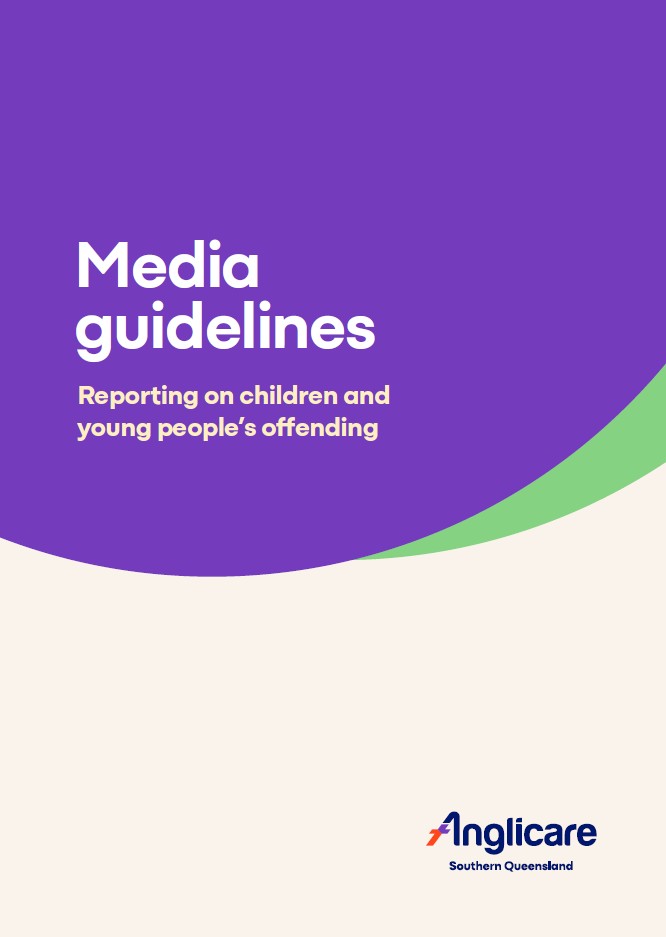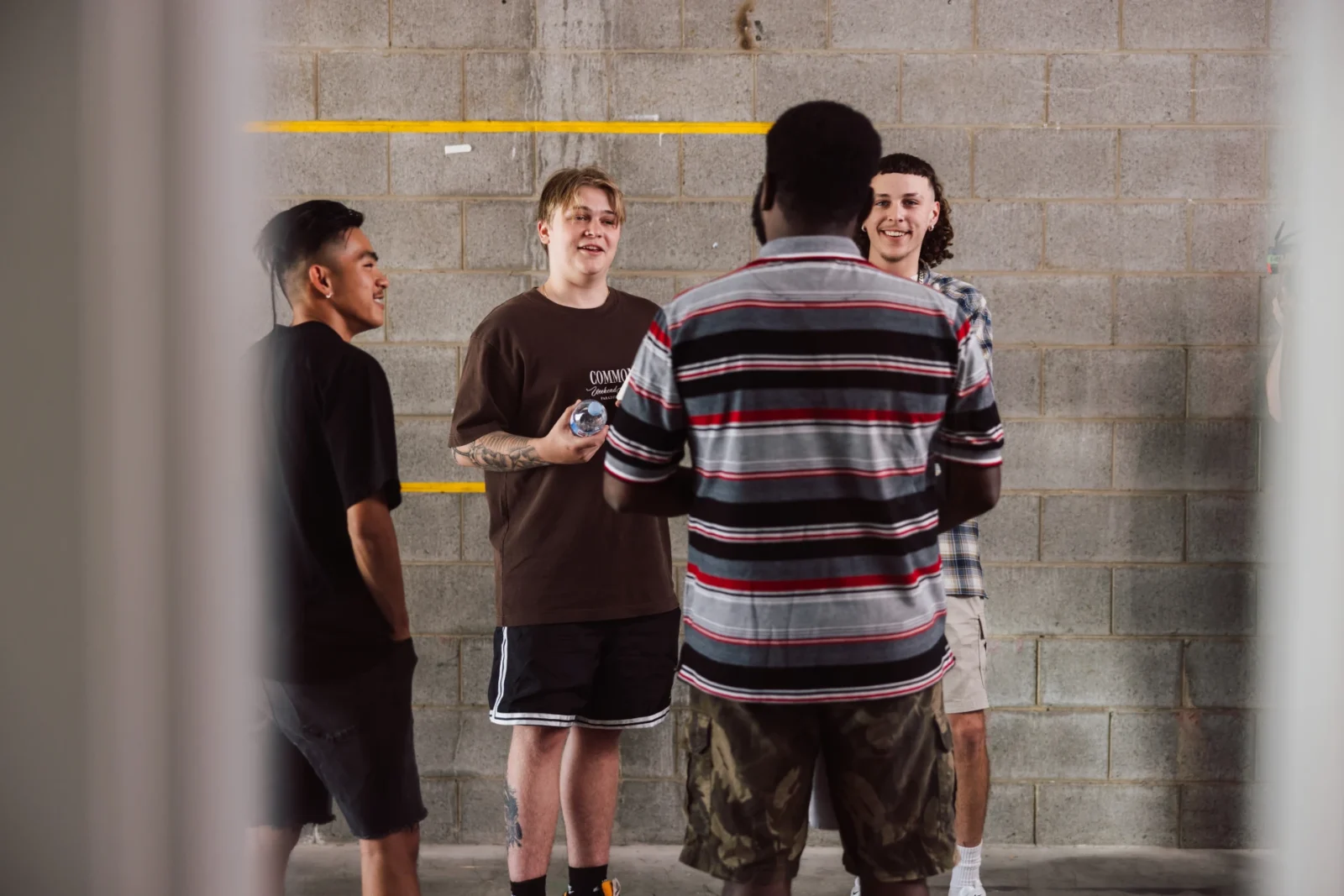
Protecting young people, protecting the community
Young people have been described in the media as a ‘burgeoning criminal generation’ who are ‘running wild’ and ‘fuelling Queensland’s youth violence explosion’. Words such as ‘epidemic’, ‘scourge’ and ‘plague’, metaphors for disease, are commonly used. Unsurprisingly, we then hear this exclusionary language being echoed in political circles and in the community.
The experience of being an outsider, particularly for a teenager, is deeply harmful. Research shows that young people can respond with substance use/abuse; risky behaviours; mental health concerns, such as depression; and disengagement from school. They search out a peer group where they can feel they belong.
Positive community ties and support are key protective factors for young people, particularly those at risk of involvement in the justice system. Recognising the damage done by constant negativity toward young people, and refusing to engage with it, protects the community as well.

Media guidelines for reporting on young people and alleged youth offending
To help address some of the issues above, we developed a set of media guidelines for reporting on young people and alleged youth offending. The guidelines were shaped by conversations with the young people in Anglicare’s youth justice programs, Anglicare staff, University of Queensland criminology researcher Associate Professor Renee Zahnow, and Barbara Haines from BBS Communications Group.

The full story
Some of the recent ‘shock data’ reporting about an apparent surge of youth crime in Queensland tells only part of the story.
- There has been a 5.2% increase in unique child offenders in the past year, compared to a 4.1% increase in unique adult offenders — a mere 1.1% difference.
- Both adult and child rates of offending were much lower in 2022–23 than a decade previously, and the number of young offenders, relative to the population, has fallen 26.7% over nine years.
- The most violent Queenslanders are those aged 30–39, who committed nearly a quarter of all assaults. In 2022–23, more than half the offences among children aged 10–14 years were trespassing and vagrancy offences.
Source: (Queensland Government Statistician’s Office 2022-23)
More information
Anglicare SQ Submission to the Queensland Government Community Safety and Legal Affairs Committee regarding the Queensland Community Safety Bill 2024.
Queensland Government Statistician’s Office, Queensland Treasury. Crime Report, Queensland, 2022–23.
Framing Youth Crime: Investigating the Relationship between Media Portrayals and Public Response.
Violent crime nearly three times worse since 2020, Queensland statisticians find, and it’s not youth.
Media sensationalism is demonising vulnerable children, UQ researcher says. ABC News
Queensland media blaming ‘crime waves’ on youth since mid-1900s, history suggests.